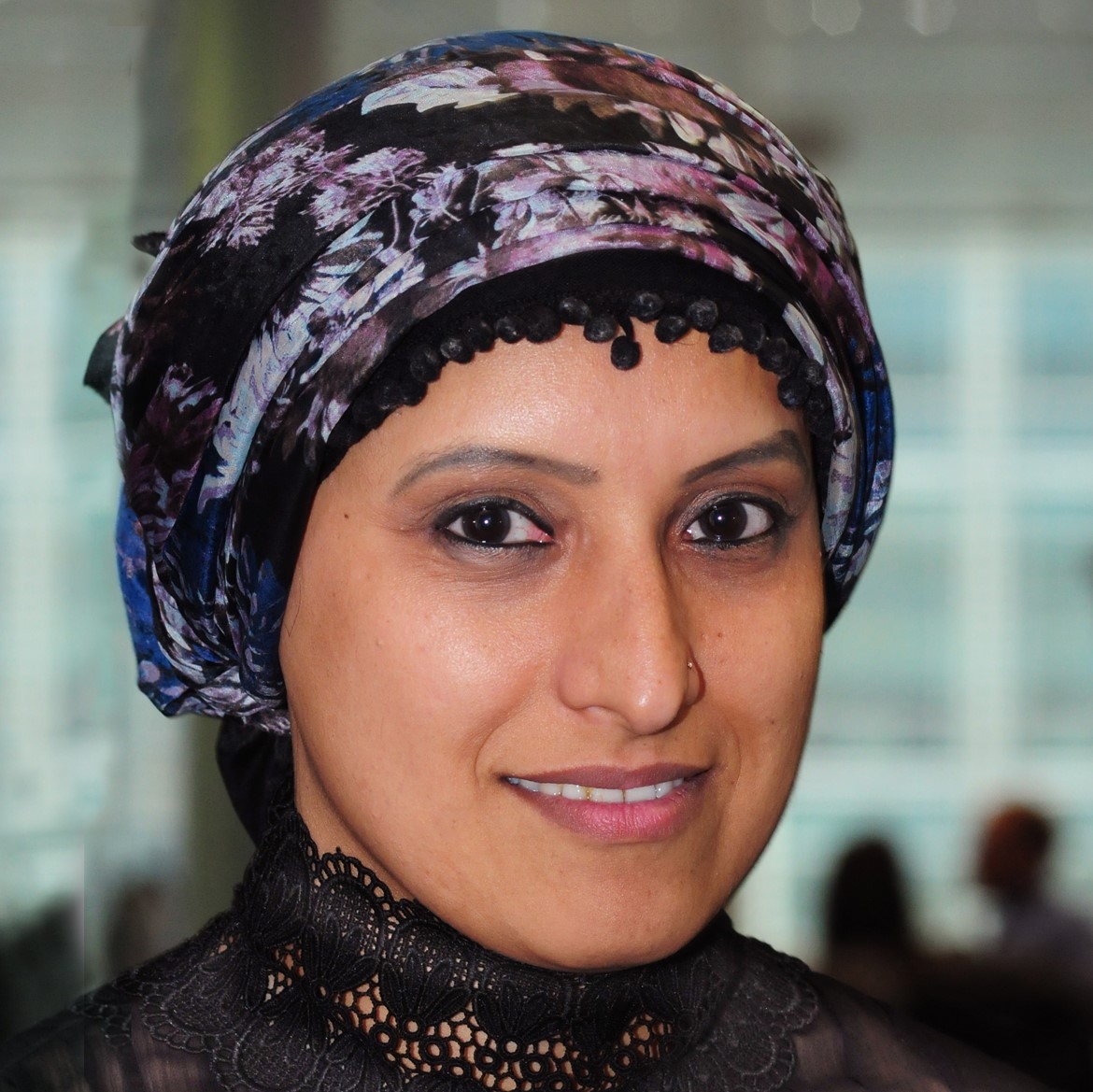
In the latest in our series, Portfolio Adviser hears from HSBC Asset Management UK’s head of group and IFA distribution Smera Ashraf (pictured right)
Which asset classes and strategies do you anticipate intermediary clients focusing on over the rest of the year and into 2022?
Intermediary clients continue to seek solutions to meet their client needs, whether these are diversified portfolios, income solutions or, increasingly, ESG solutions. With this in mind, clients still require multi-asset portfolios and seek to broaden their investment allocations. Within the multi-asset portfolios, we see a wider set of asset classes being used. Clients are increasingly considering opportunities in emerging markets, not just developed markets. We also see opportunities for strong yields from equity markets as well non-traditional asset classes such as REITs and infrastructure, as opposed to simply fixed income.
Should end-investors – and, by association, asset managers – be thinking beyond equity and bond investments? Towards what?
Delivering solutions for clients is what is driving investment flows and, as a result, the various asset classes are now being used in a variety of ways. Given current rates and yields, for example, advisers are looking at innovative ways to provide income to clients and therefore looking towards equities and not just bonds.
ESG solutions are also key, and we see interest from clients across all asset classes. When it comes to ESG investments, however, it is less about the asset classes end-investors are thinking of accessing and more about the purpose of their investment, what impact they are making and how it aligns with their values.
“We see recent regulatory changes working to create more transparency for end-clients, which we welcome”
Given client and regulatory pressure on charges, how is your business delivering value for money to intermediaries and end-clients?
Value for money has been interpreted to mean different things to different clients. Often, value for money is seen to be about the cheapest solution but we have also seen that clients will place value on other criteria such as trust in the brand, the service they receive and the clarity of information being provided. We see recent regulatory changes working to create more transparency for end-clients, which we welcome. We regularly review our fund range, and at least annually in relation to price, performance, investor sentiment and brand through the assessment of value report.
How much of your distribution is currently oriented towards ESG issues and sustainable investing? How do you see this evolving?
We see intermediaries and clients moving towards ESG at different levels. Some intermediaries are currently allocating a percentage of client portfolios to ESG-labelled products and others are only offering ESG-labelled products. What is clear is we are seeing ESG issues being discussed with clients across the suitability and fact-find stages, with end-clients and intermediaries very engaged on the subject. As a result, HSBC Asset Management is seeing more asset flows into ESG-labelled products, and we are increasingly widening our investment offerings to support this growing demand.
“The energy to create lasting change rippled across the globe off the back of COP26”
How do you plan to balance face-to-face and virtual distribution? Have you identified aspects where one is especially better (or worse) than the other?
We are now transitioning to a ‘hybrid’ distribution model. We appreciate the efficiency technology brought during the lockdown and value holding on to this. At the same time, both our team and our clients are eager to meet in person and create the energy and value these personal meetings continue to offer. During the recent COP26 conference, for example, we saw how the energy to create lasting change rippled across the globe off the back of an in-person conference.
Have you managed a staycation or to get abroad in the last few months? Whereabouts and how was it?
I have discovered my local county and neighbouring counties a lot more intimately. For a long time, pre-lockdown, I was commuting into central London for work and my social life was very much focused on meeting in central London. Fortunately, I live in West Sussex which is a beautiful county, and so I have easy access to the south coast and have managed to explore this – as well as some great natural walks, cafes and restaurants in Sussex and Surrey.
What aspects of your own lockdown routine do you expect to continue with as people migrate back to office-working?
Just as lockdown eased, I found a local swimming coach to help me learn to swim and be confident in the pool near my house. Working from home for some of the week allows me to fit this in on a regular basis. I have also managed to spend more time with my family, and specifically my nephew who has just turned two, which has given me the chance to create some special memories with him during lockdown.
More generally, what are you expecting from ‘the new normal’?
Greater importance will be placed on having time and space in our lives, building empathy and stronger relationships. I expect to see this continue as part of the new normal.







